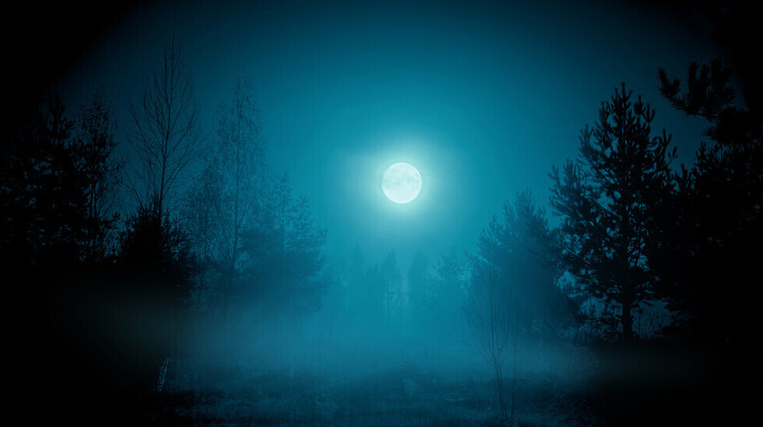
At the beginning of 2024, sky enthusiasts are gearing up for a series of thrilling astronomical events that one might not want to miss. These events, captivating millions of astronomy lovers, include the total solar eclipse and spectacular meteor showers. The mesmerizing twilight is expected to become more prominent as the sun approaches its maximum solar energy.
To ensure maximum enjoyment, here are some of the key events to watch in 2024:
January: Quadrantids Meteor Shower
The new year kicks off with NASA describing the Quadrantids Meteor Shower as “one of the best meteor showers in the astronomical calendar.” The meteor shower is expected to peak on January 3-4, 2024.
On January 18, sky gazers will witness a striking conjunction between the Moon and Jupiter, with the largest planet in our solar system shining brightly next to a crescent moon.
March: Penumbral Lunar Eclipse
In March, astronomy enthusiasts will experience a penumbral lunar eclipse, also known as the “partial penumbral eclipse.” This occurs when the Moon enters an area close to the Earth’s shadow called “penumbra,” resulting in a subtle dimming of about 10% of its brightness.
April: Total Solar Eclipse
The highlight of April will be the total solar eclipse visible across North America, covering a path through Mexico and 15 U.S. states. Additionally, a bright comet, 12P/Pons-Brooks, three times the size of Mount Everest, is expected to approach the inner solar system.
May: Eta Aquarids Meteor Shower
On May 4, astronomy enthusiasts, particularly those in the Southern Hemisphere, can anticipate a spectacular display of Eta Aquarids meteor shower, with up to 30 meteors per hour.
June: Summer Solstice
June will mark the summer solstice, the longest day of the year in the Northern Hemisphere, officially signaling the beginning of summer astronomically.
August: Perseids Meteor Shower
In mid-August, Earth will pass through the debris cloud of Comet Swift-Tuttle, creating the annual Perseids meteor shower. This event is expected to be particularly exciting in 2024 due to the peak meteor activity coinciding with a dark moonless sky.
September: A3 Tuchinshan-ATLAS Comet
A newly discovered celestial body, A3 Tuchinshan-ATLAS comet, is expected to become a breathtaking sight in late 2024. As September approaches, the comet’s orbit will bring it closer to the Sun and Earth for the first time in 80,000 years.
October: Annular Solar Eclipse
Lucky viewers in the western hemisphere will witness the second solar eclipse of 2024. This annular eclipse, also known as the “ring of fire,” will mostly be visible over the Pacific Ocean.
November: Giant Moon
On November 15, sky enthusiasts will enjoy the sight of the last giant moon in 2024.
December: Moon-Venus Conjunction
The brightest objects after sunset, the Moon and Venus, will come together in early December. This celestial alignment can be observed with a telescope, and viewers only need to look for the moon shortly after sunset on December 4.”
Leave a Reply